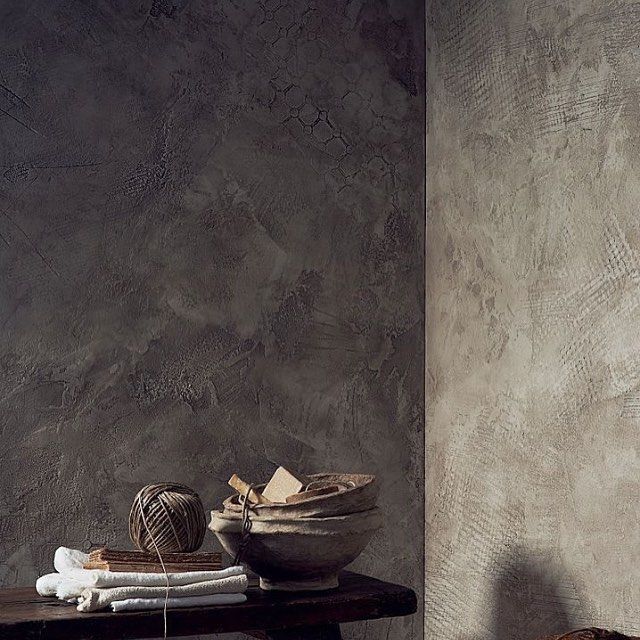DRY CONSTRUCTION SYSTEM AND PLASTERBOARD
Realization of plasterboard works and dry construction solutions
Our company, in addition to the use of traditional building materials, proposes restructuring interventions also with more modern techniques and systems. The dry construction solutions and the plasterboard allow us to offer our customers rapid intervention even for complex works where the materials of the past were limiting compared to modern design.
PLASTERBOARD
The plasterboard works range from fields of use from the construction of walls to ceilings and furnishings. Plasterboard is a cheap, versatile, easy-to-lay material. Precisely for this reason it has conquered the furnishing and light building sector with an increasingly continuous use.
Art Deco has matured over the years a great experience in the use of plasterboard. It is now able to realize plasterboard works of considerable complexity and size, or follow small interventions where attention to detail and precision are essential requirements.
REFURBISHMENT OF FIRE RESISTANCE - REI
More and more sensitive to the themes of fire protection and fire prevention, Art Deco has specialized in the creation of WALLS - CEILINGS REI 60/120/180 and to different types of intumescent treatments to give a high resistance to the combustion progress in case of fire.
THERMAL AND ACOUSTIC INSULATION
Thanks to the use of modern and performing thermal and acoustic insulation systems for walls and ceilings, we solve important housing problems. We realize ceilings and walls characterized by reduced thickness without waste and sacrifice of the internal living space of the premises.
Art Deco - Dry construction system and plasterboard

01

02

03

04

05

06

07

08

09

10

11

12

13

14

15

16

17

18

19

20

21

22

23

24

25

26

27

28

29

30

31

32

33

34

35

36

37

38

39
DRY CONSTRUCTION SYSTEM
Modern techniques for the construction of wooden houses are well combined with Dry Construction Systems, since both can guarantee high mechanical strength in low thicknesses, maintaining the lightness of the materials and giving the structures adequate elasticity.
As their name suggests, dry construction systems are based on an assembly technique that does not require the use of water or other adhesive products. The integration and the union of the various components takes place through junctions and mechanical connections such as, for example, the traditional screws or bolts. In the field of new building construction and apartment renovation, or in the case of elevations or extensions, these systems offer numerous advantages. It starts with a simplified implementation which results in easily predictable realization times and much faster and faster than those that require wet technologies. Furthermore, the buildings built according to the dry construction systems increase their insulation under acoustic and energy profiles, also increasing the static value. In fact, dry construction systems can also be installed in combination with insulating materials. The finished building will lead to lower construction costs and will allow the customer to obtain significant energy savings, while maintaining a sustainable and long-lasting environmental impact.
Born in the 1970s and 80s, over time they have become increasingly established in modern construction both in residential and public buildings (schools, hospitals, etc.) both industrial and commercial (factories, shopping centers, etc.), as they allow achieve the best result in terms of thermal and acoustic comfort by creating the "box in box" system, which provides for the complete interior lining (walls, counter-walls and false ceilings) using fibrous materials coated with plasterboard, reinforced concrete slabs, plaster fiber, dry screeds. A further advantage is the easy design and construction of the passages of electrical and hydraulic systems.
